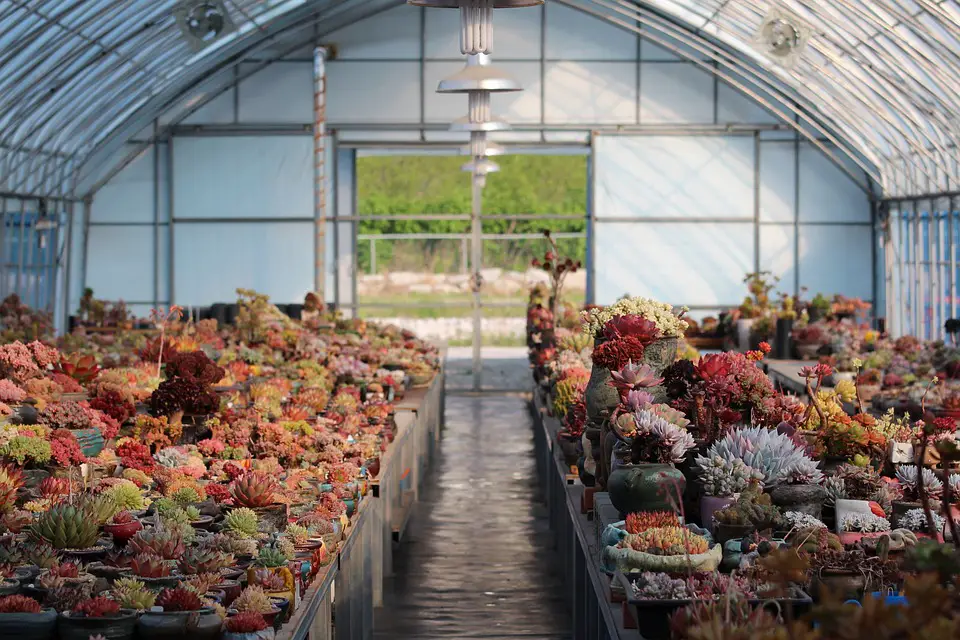Introduction
Gardening in a greenhouse provides a multitude of benefits for both beginners and experienced gardeners alike. Not only does it allow for year-round gardening, but it also creates an optimal environment for plants to flourish. With a little planning and effort, you can maximize your green house garden’s potential and enjoy a bountiful harvest all year. In this article, we will explore various tips and techniques to unleash your green thumb and make the most of your green house garden.
Choosing the Right Plants
One of the key elements in maximizing your greenhouse garden’s potential is selecting the right plants. Consider the local climate, available sunlight, and the temperature range in your greenhouse. Opt for plants that thrive in these conditions and are suitable for indoor gardening. Herbs like basil, chives, and cilantro, as well as leafy greens such as lettuce and spinach, are excellent options for a greenhouse garden.
Optimizing Temperature and Humidity
A greenhouse allows you to control the temperature and humidity levels to create an ideal environment for your plants. Monitor the temperature regularly and make adjustments as needed to ensure it stays within the recommended range for your chosen plants. Installing a ventilation system or using fans can help regulate the temperature, especially during warmer months. Similarly, use a humidifier or misting system to maintain optimal humidity levels, particularly for tropical plants.
Providing Sufficient Light
While greenhouses receive natural light, supplementing it with artificial light can significantly enhance plant growth. Consider installing grow lights, especially during the darker months or for plants that require a longer period of sunlight. LED grow lights are energy-efficient and provide the right spectrum of light for photosynthesis. Ensure the light source is positioned at an appropriate distance from the plants, as each plant has different light requirements.
Proper Watering and Drainage
Watering your plants correctly is crucial to their overall health and productivity. Overwatering or underwatering can lead to various issues like root rot or stunted growth. Regularly check the moisture level of the soil and adjust watering accordingly. It’s recommended to water the base of the plants to prevent foliage diseases. Additionally, ensure your greenhouse has proper drainage to avoid excess water accumulation, which can harm the roots of your plants.
Feeding and Fertilizing
Greenhouse plants require regular feeding to fulfill their nutritional needs. Use a balanced fertilizer that provides essential nutrients like nitrogen, phosphorus, and potassium. Determine the appropriate dosage and frequency based on the specific requirements of your plants. Regularly monitor the condition of your plants and adjust the feeding schedule accordingly to ensure optimal growth.
Pest and Disease Management
Keep a close eye on your plants to detect any signs of pests or diseases early on. Inspect the underside of leaves, stems, and the soil for any infestations. Implement preventative measures like using insecticidal soaps, sticky traps, or introducing beneficial insects to control pests naturally. Additionally, maintain good hygiene in your greenhouse by removing any fallen leaves or plant debris promptly. This helps prevent the buildup of diseases and eliminates potential hiding spots for pests.
FAQs Section
Q: How often should I water my greenhouse plants?
A: The frequency of watering depends on various factors, including the type of plants, temperature, and humidity levels. Check the moisture level of the soil regularly and water when it becomes slightly dry, but avoid over-saturating the soil.
Q: Can I grow fruiting plants like tomatoes or peppers in a greenhouse?
A: Absolutely! Greenhouses provide an excellent environment for fruiting plants. Ensure proper support for their growth and consider hand-pollination if natural pollinators are limited inside the greenhouse.
Q: How do I control the temperature in my greenhouse during the summer?
A: To control the temperature during summer, make use of ventilation systems such as vents or fans to circulate the air and reduce overheating. Consider shading the greenhouse with shade cloths or apply a sun-reflective coating to the exterior to mitigate excess heat.




